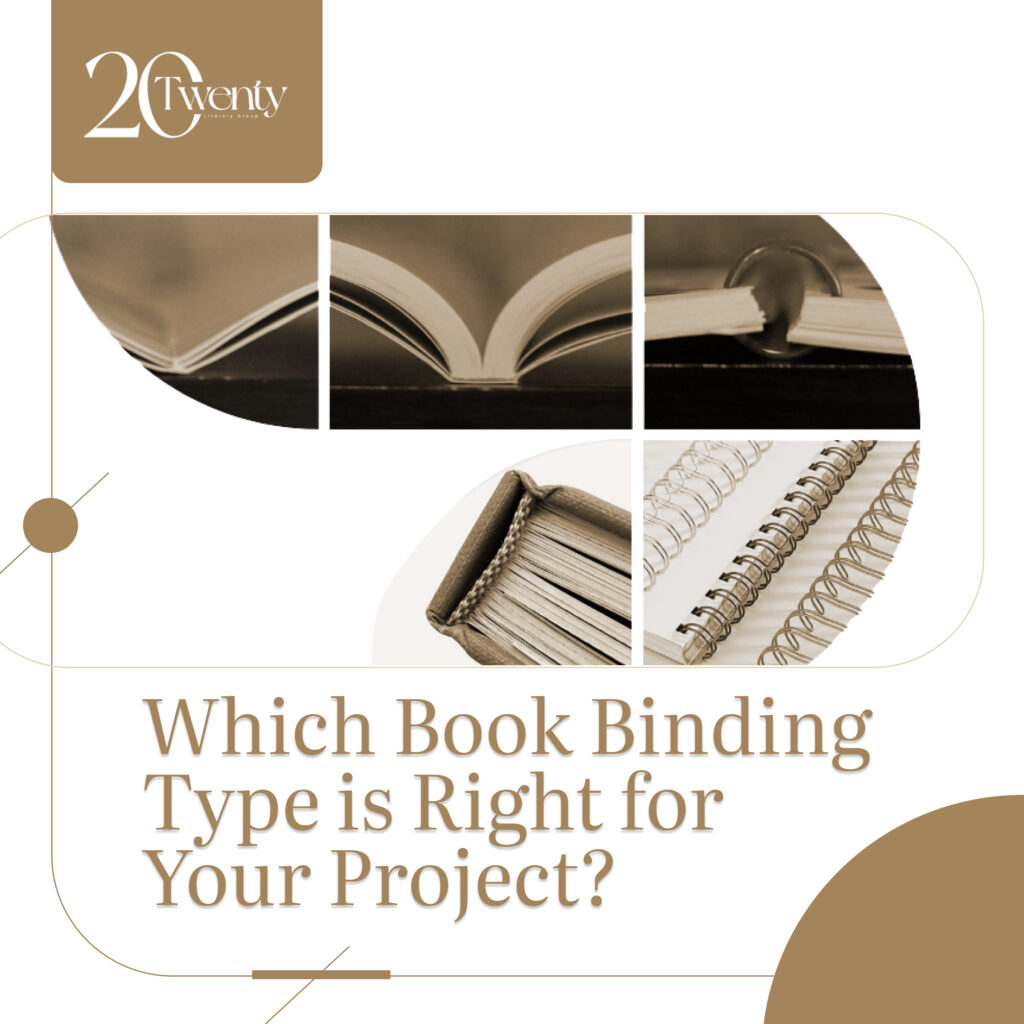From perfect binding to saddle stitching, there are many bookbinding types to choose from. Learn about each option and find the best fit for your project.
The type of bookbinding you choose depends on factors such as the book’s purpose, the number of pages, and your budget. Some common types of bookbinding include perfect binding, saddle stitching, wire-o binding, and case binding. Perfect binding is excellent for larger books with many pages, while saddle stitching is ideal for smaller booklets. Wire-O binding is excellent for books that need to lay flat, and case binding is perfect for hardcover books that look high-end. Consider your needs and budget to choose your project’s binding type.
Perfect Binding
Perfect binding is a popular way to put a book together, and it’s often used for books with soft covers. This method involves gluing the book’s pages together at the spine and then attaching a cover to the spine with glue. Perfect binding is a cost-effective option for larger print runs, allowing easy customization of the cover design. However, it may not be as durable as other binding types and may not be suitable for books with many pages.
Saddle Stitching
Saddle stitching is a type of bookbinding that involves folding sheets of paper in half and then stapling them together along the fold line. This method is commonly used for booklets, magazines, and catalogs. Saddle stitching is a cost-effective option for smaller print runs, and it allows for easy customization of the cover design. However, it may not be suitable for books with a lot of pages, as the staples may not hold up over time.
Spiral Binding
Spiral binding, also called coil binding, is done by punching holes along the edges of the pages and then putting a plastic or metal coil through the holes. This type of binding allows the book to lay flat when opened, making it a popular choice for manuals, workbooks, and cookbooks. Spiral binding also allows for accessible page turning and adding or removing pages as needed. However, there may be better options for books that need to be stacked or stored on a shelf, as the coils can become bent or damaged.
Wire-O Binding
Wire-O binding, also known as double-loop binding, involves punching holes along the edges of the pages and then threading a double-loop wire through the holes. This type of binding allows the book to lay flat when opened and provides a professional, polished look. Wire-O binding is a popular choice for presentations, reports, and manuals. It also allows for easy page turning and adding or removing pages as needed. However, there may be better options for books that need to be stacked or stored on a shelf, as the wire can become bent or damaged.
Case Binding
Case binding, which is also called “hardcover binding,” is a professional way to bind books that will be handled a lot or put on a shelf. This type of binding involves attaching a hardcover to the book block, which is made up of folded and gathered pages. The cover can be customized with various materials, including cloth, leather, or paper. It can be stamped with foil or embossed for added design elements. Case binding is commonly used for textbooks, novels, and coffee table books. However, it can be more expensive than other binding types and may not be suitable for smaller projects.
Regarding bookbinding, there are a variety of options to choose from. Each type has unique advantages and disadvantages, depending on the project. Whether you’re creating a novel, a cookbook, or a photo album, understanding the different bookbinding types can help you make an informed decision.

